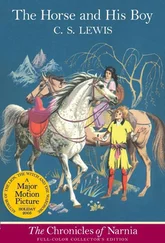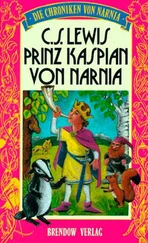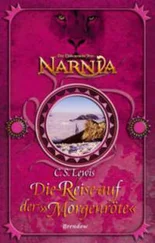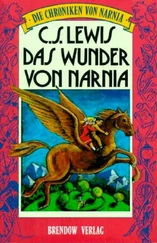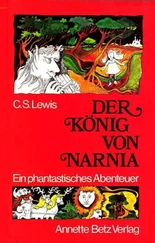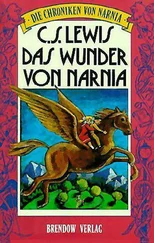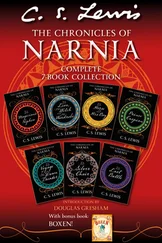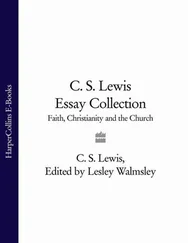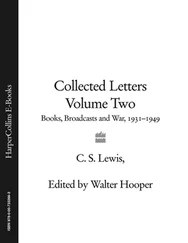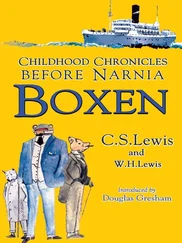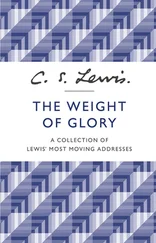165Williams, Taliessin Through Logres , ‘The Coming of Galahad’: XIII, 1-3: ‘But he: “Proofs were; roofs were: 1/ what more? Creeds were; songs were. Four/zones divide the empire from the Throne’s firmament.” ‘Scott commented: ‘I am sure that he said the “proofs”, “roofs”, “creeds” & “songs” were connected forwards with the four planetary Zones, & not backwards with the five Houses…“Proofs” I suppose might appropriately be connected with Mercury, the Lord of Language. Could “roofs”, as providing shelter which you can make use of if you choose, be connected with preferences? “Creeds” seem to fit “irony & defeated irony”, the irony being in the absurdity of saying, as creeds must, this is Thou about Him of whom we must instantly add neither is this Thou , & the defeated irony in the absolute necessity of doing just that. And Saturn, beyond the rest & nearest to, though still utterly divided from, “the Throne’s firmament” might fitly represent poetry which Charles certainly held to be able to express truth in a way which the prose of creeds could not’ (Bodleian Library, MS. Eng. lett. c. 220/7, fol. 14).
166Before the presidential election of 1952 Robert A. Taft (1889-1953) ran against Dwight D. Eisenhower (1890-1969) as candidate for the Republican Party. Eisenhower was chosen, and in the election, held on 4 November, he defeated the Democratic candidate, Adlai Stevenson.
167i.e., Mrs Frank Jones.
168Green met Lewis at the Woodside Hotel, Liverpool, on 9 September. They visited Beaumaris Castle and spent that night at the Bulkeley Arms Hotel. Lewis spent the following night as the guest of Roger and June Lancelyn Green at Poulton Hall, Bebington, returning to Oxford on 11 September.
169H. Rider Haggard, The Virgin of the Sun (1922).
170Thank-you notes addressed to one’s hostess.
171Roger Lancelyn Green, The Story of Lewis Carroll (London: Methuen, 1949).
172Carroll, Through the Looking-Glass , ch. 5. Asked by the White Queen how old she is, Alice answers, ‘I’m seven and a half, exactly’ ‘“You needn’t say ‘exactually’,” the Queen remarked. “I can believe it without that.” ‘
173For the biography of Florence (Michal) Williams, wife of Charles Williams, see Charles Walter Stansby Williamsin the Biographical Appendix to CL II, pp. 1081-6.
174Michael Williams (1922-2000) was the son of Charles and Michal Williams.
175In his diary entry for 5 November 1956 Warnie wrote of the correspondence between Joy Gresham and his brother: ‘Until 10th January 1950 neither of us had ever heard of her; then she appeared in the mail as just another American fan, Mrs. W. L. Gresham from the neighbourhood of New York. With however the difference that she stood out from the ruck by her amusing and well-written letters, and soon J and she had become “pen-friends.” ‘ (BF , p. 244). Unfortunately, none of Joy’s letters to Lewis has come to light, and the only letters from Lewis to Joy that survive are those in this volume of 22 December 1953, 11 March and 19 November 1959.
176See the passage on Joy Gresham following the letter to Margaret Sackville Hamilton of 23 September 1952.
177i.e., Anthroposophists. See the letter to Montgomery of 10 June 1952.
178‘To cap it all!’ He was referring to Mere Christianity .
179John Milton, L’Allegro (1645), 121-2: ‘With store of ladies, whose bright eyes/Rain influence, and judge the prize.’
180Henry James, Letters , ed. Percy Lubbock, 2 vols. (London: Macmillan, 1920). The copy referred to here had once belonged to Albert Lewis, and it had been given to Arthur.
181The hotel where they had been staying: see the heading of the letter on p. 220.
182This letter is a reply to a question Goodridge asked Lewis about John Milton’s Cornus (1637).
183Lewis was planning to give his course of lectures on the ‘Prolegomena to Renaissance Poetry’ during Hilary Term, 1953.
184Milton, Comus , 459-72.
185ibid., opening stage direction: ‘The first Scene discovers a wild wood./The Attendant Spirit descends or enters.’
186ibid., 1.
187ibid., 3.
188ibid., 4.
189ibid., 980:.
190Mrs Margaret Sackville Hamilton wrote to Walter Hooper from 4 Pagoda Avenue, Richmond, Surrey, on 31 May 1968: ‘I am a housewife, mother & grandmother of no academic qualification at all. However, being a lover of T. S. Eliot I wrote & asked C. S. Lewis after reading “Beyond Personality” Chapter III for more information re Ever Present Time & by return of post, in his own handwriting, I received the enclosed’ (Bodleian Library, MS. Eng. lett. c. 220/2, fol. 1).
191Boethius, The Consolation of Philosophy, with the English translations of’ ‘I.T.’ (1690), rev. H. F. Stewart (London: Heinemann, Loeb Classical Library, 1918).
192Immanuel Kant, Critique of Pure Reason (1781).
193Friedrich von Hügel, Eternal Life: A Study of its Implications and Applications (1912).
194Arthur Eddington, The Nature of the Physical World (1928).
195John William Dunne, An Experiment with Time (1927).
196John William Dunne, The Serial Universe (London: Faber & Faber, 1934).
1972 Peter 2:8: ‘One day is with the Lord as a thousand years, and a thousand years as one day’
198See Joy Gresham Lewis in the Biographical Appendix.
199See David Lindsay Greshamin the Biographical Appendix.
200See Douglas Howard Greshamin the Biographical Appendix.
201George Sayer, Jack: C. S. Lewis and His Times (London: Macmillan, 1988; 2nd ed. Hodder & Stoughton, 1997), ch. 19, pp. 214-15.
202The Rev. Patrick Kevin Irwin (1907-65) was born on 2 October 1907 and read Modern History at Brasenose College, Oxford, graduating in 1929. He read Theology at Ely Theological College in 1930, and was ordained in 1931. He served as Curate of Helmsley, Yorkshire, 1930-3, and of Goldthorpe, 1934-8. He was Vicar of Sawston, 1941-2, Vicar of St Augustine, Wisbech, 1947-58, Rural Dean of Wisbech, 1954-8, and Rector of Fletton, Ely, 1958-65.
203Charles Wickliffe Moorman (1925-96) was born in Cincinnati, Ohio, on 24 May 1925. After serving in the Second World War, he graduated from Kenyon College, Ohio, in 1949. He earned Master’s and Doctoral degrees from Tulane University, New Orleans, Louisiana, in 1951 and 1954. He joined the English Department at the University of Southern Mississippi (then Mississippi Southern College), Hattiesburg, Mississippi, in 1954 and became department head in 1956, a position he held for twelve years. Moorman served as Dean of the Graduate School for two years, and as Academic Vice-president for twelve years. He stepped down in 1980 to resume full-time teaching and research, retiring in 1990. An expert in both Middle English and modern English literature, over the years he taught a wide variety of undergraduate and graduate courses. He died on 3 May 1996. His works include Myth and Medieval Literature: Sir Gawain and the Green Knight (1956), The Precincts of Felicity: The Augustinian City of the Oxford Christians (1966) and A Knyght There Was: The Evolution of the Knight in Literature (1967).
204Moorman was collecting material for a work published as Arthurian Triptych: Myth Materials in Charles Williams, C. S. Lewis, and T. S. Eliot (1960).
205Charles Williams, All Hallows’ Eve (1945).
2061 Corinthians 13:13.
207The three principles which Williams set great store by, and which run through his works, were Co-inherence, Exchange and Substitution. They are summarized in ‘Williams and the Arthuriad’, ch. 3, p. 123 of Arthurian Torso .
Читать дальше

